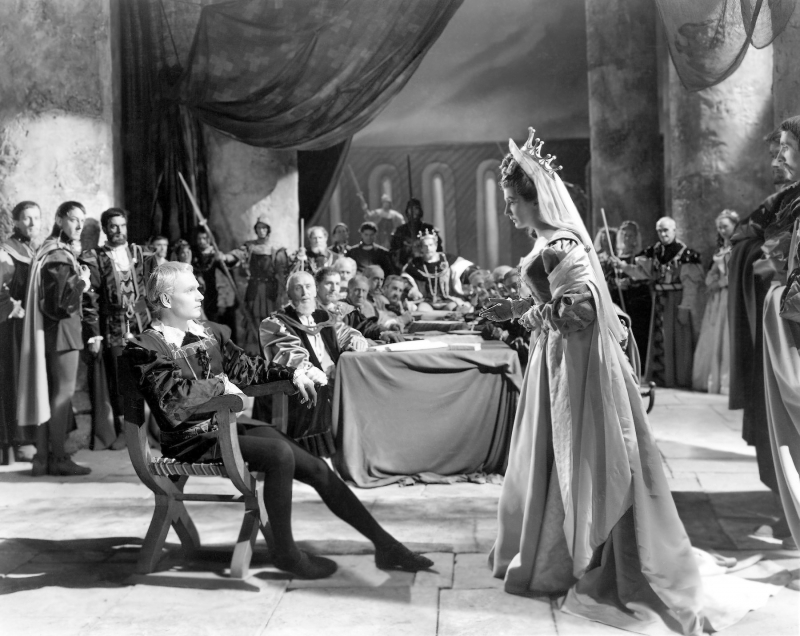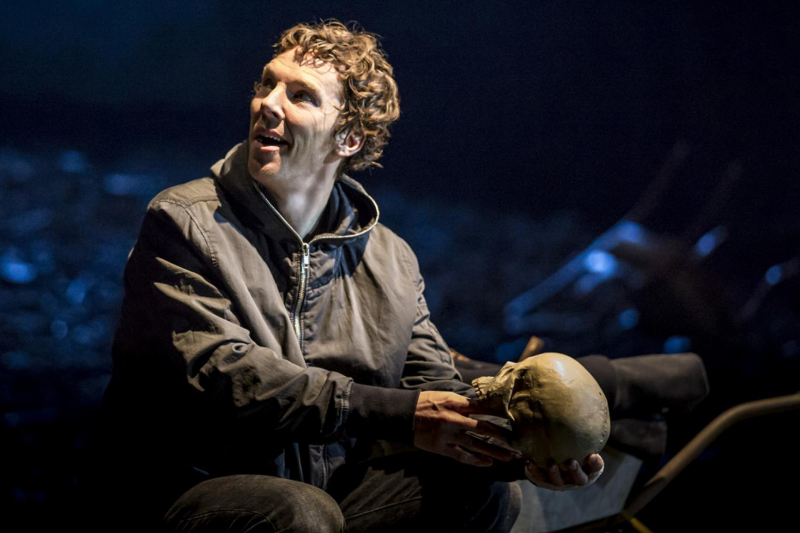The Hamlet Skulls
In a well-known moment from Hamlet, the main character picks up the skull of a deceased court jester and begins a monologue with the words, "Alas, dear Yorick! The man I knew, Horatio. Yorick was formerly performed by an actual human skull, and has since been referred to as "theatre's greatest skull." Based on diaries and lists of props from that time period, people believe this wasn't done during Shakespeare's lifetime, although it was common during the 18th and 19th centuries. People know this because numerous modern reviewers have mentioned the use of "actual skulls and bones" in the play in their notebooks and reviews.
What about in contemporary times? Peter Hall, the director of London's National Theater, allegedly planned to try it in 1975, but he was so overburdened during rehearsals that he substituted a replica for the live performances.
André Tchaikowsky, a pianist, left his head to the Royal Shakespeare Company in 1982, with the express purpose of being used as Yorick. His odd request was granted, and his skull was utilized for photo sessions and dress rehearsals but never on stage. Up until 2008, when David Tennant, the Doctor, performed Hamlet on the show with a real skull.
Del Close, an American comedian and acting instructor, had the same thought. His will left his skull to the Goodman Theater in Chicago, where it is now utilized as Yorick. He passed away in 1999. Despite the fact that an actual cranium was used on stage, rumors that it did not belong to Del Close quickly spread. The executor of his estate initially refuted the accusations, but she later admitted to buying a substitute skull from a medical supply firm since she was unable to locate someone to preserve the original skull before the cremation.












